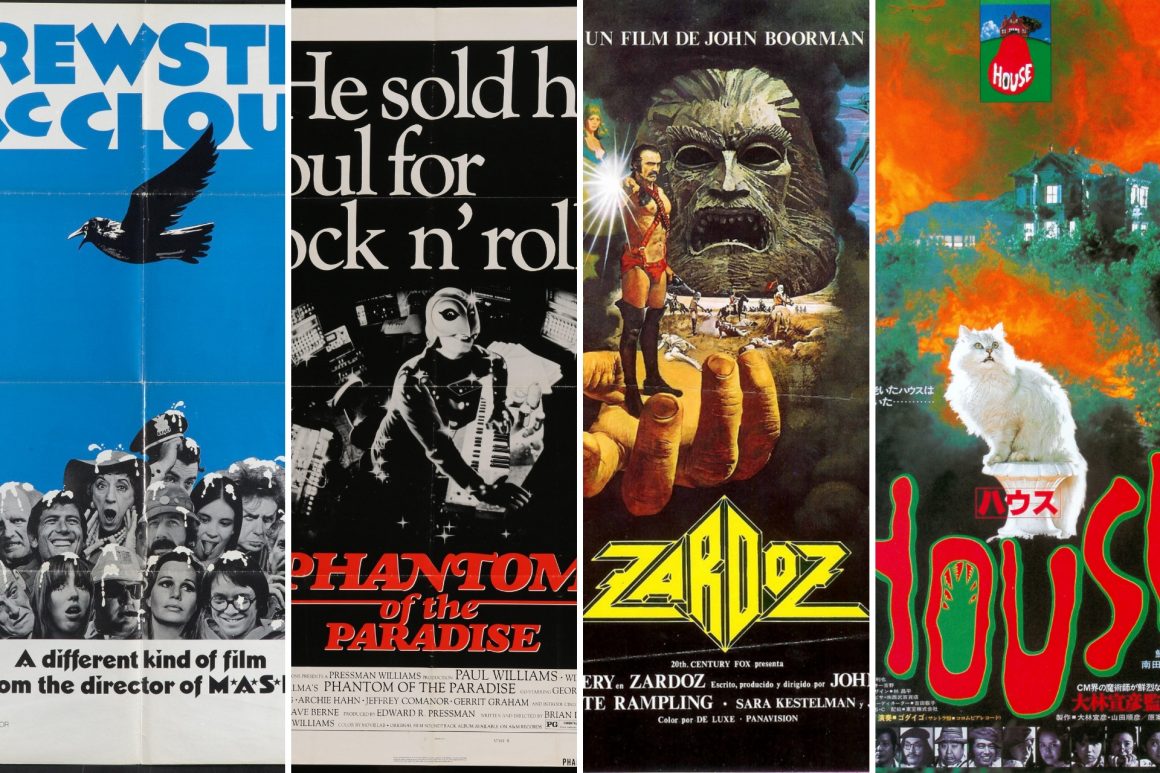
Off the wall: Forgotten films of the 1970s
By Troy Hasselman, October 27 2018 —
The 1970s were a strange time for movies — a time where experimentation reigned and directors and producers alike took chances on uncompromising, off-the-wall ideas resulting in some of the strangest and most unique films ever created.
While this spirit of experimentation still lives on in movies like Boots Riley’s dark comedy Sorry To Bother You (2018), the ‘70s were an era which lead to numerous idiosyncratic works that live on as cult favourites today. These films represent their era perfectly.
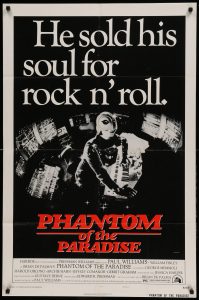 Phantom of the Paradise (1974)
Phantom of the Paradise (1974)
Part comedy, part tragedy, part horror, part musical and part revenge tale, Brian De Palma’s story of a disgruntled composer and his quest for vengeance on a conniving music executive defies categorization. It draws partial inspiration from classic literature such as Johann Von Goethe’s Faust and Oscar Wilde’s Portrait of Dorian Grey. Phantom of the Paradise re-contextualizes them in the glam-rock era with a plot revolving around the opening of a rock club called “The Paradise” by a mysterious, Phil Spector-inspired producer named Swan.
The opening of this club leads to a bizarre series of events involving unrequited love, deformed faces, androgynous rock stars, Faustian bargains, stardom, explosions and, of course, music. The soundtrack to Phantom of the Paradise — composed by Paul Williams — compliments the constantly shifting tone of the film by covering an array of genres including doo-wop, surf rock, glam rock, balladry and even goth rock. With its overblown style, shifting themes and eye-popping set pieces and costumes, Phantom of the Paradise is a film that rivetingly captures the glorious excesses of the ‘70s.
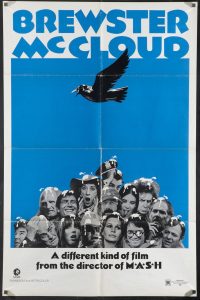 Brewster McCloud (1970)
Brewster McCloud (1970)
Robert Altman’s absurdist comedy follows the titular Brewster McCloud, a reclusive young man living in a fallout shelter underneath the Houston Astrodome who spends his time building wings to fulfil his dream of flight. McCloud becomes a suspect in a murder investigation and spends the bulk of the movie on the lamb from a Steve McQueen-inspired “super cop” sent from San Francisco specifically to investigate him. The movie includes a bizarre cast of characters, such as a profane anthem singer played by Margaret Hamilton of Wizard Of Oz fame, some of the most bumbling cops ever set to film and a hilariously indifferent Astrodome tour guide played by Shelley Duvall.
Brewster McCloud is less a movie and more an extended series of vignettes riffing off its ridiculous premise. During production, Altman threw out the script and had actors improvise the entire film, resulting in the comedic equivalent of jazz. The free-wheeling nature of the film goes along with many others of the period by focusing more on spectacle than plot, making for something that is mostly nonsensical but is too entertaining to not be enjoyable.
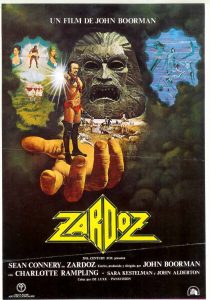 Zardoz (1974)
Zardoz (1974)
Following the success of his previous film, Deliverance, director John Boorman was given free reign to make any kind of movie he wanted. He responded by making a sci-fi epic about a wastelander named Zed who kills others in an effort to appease a giant bust he worships named Zardoz. Zed is played by Sean Connery, who wears thigh-high boots, French braid and what appears to be a red loincloth attached to a gun belt, in one of his first roles after his tenure as James Bond.
Zardoz comments on larger issues such as religion, class divisions and masculinity, but any messaging from the film is secondary to the chaos unfolding on screen. Its plot is confusing and muddled but greater focus should instead be paid to the mind-boggling set pieces, costumes and action sequences found throughout the film. Zardoz captures an era of film-making in which a director with a vision, $1-million and a sand dune-sized pile of cocaine could make any project they put their mind to.
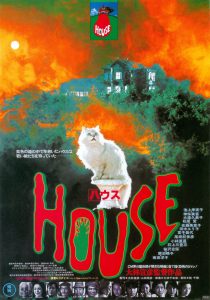 House (1977)
House (1977)
Where the other films on this list are quirky and unique in their own right, they make sense in the era they were produced in. However, it’s difficult to imagine a movie like House existing in any time period. Before making House, director Nobuhiko Obayashi consulted his young daughter for ideas for a horror movie and was able to inject a child-like logic to the film which centres around six women attempting to escape a possessed house that is attempting to devour them.
The deliberately cheesy effects, widely nonsensical plot and dark slapstick comedy of the horror scenes lends House a strange charm. The scares used in the film include a watermelon that turns into a human head, possessed light fixtures, a cat that shoots lasers from its mouth and a river of blood that appears in a living room. The style and tone of the film is truly unlike any other and manages to accomplish its task of creating a horror film that could come from the mind of a child while remaining unsettling.
